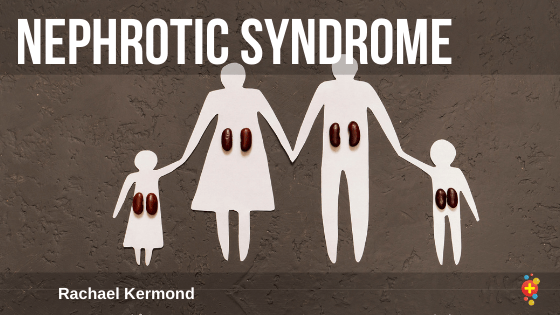Revision Resources
February FOAMed
Decompensated Hypothyroidism

A 75-year-old female is brought to the Emergency Department (ED) by emergency medical services (EMS) for altered mental status. Vital signs include BP 87/64, HR 55, T 92.6 rectal, RR 12, SpO2 95% on room air. She is oriented to person only with a GCS of 12. She is found to be bradycardic and her extremities are cool with bilateral non-pitting edema on both legs. Her husband is en route but currently unreachable for further history.
Midshaft Radius and Ulna Fractures

Alvaro is a 12-year-old boy who presents to the ED with a painful and swollen right arm. He was trying out his new skateboard and fell whilst trying to master the kickflip. (He tells you it’s not cool to say he’s been skateboarding: “It’s skating, but not the on-ice kind, that’s not cool either.”)
On examination, he is tender in the middle third of his right forearm with swelling and some mild deformity. There are no open wounds. There is pain on forearm rotation with limited pronation and supination but a good range of movement at the wrist and elbow. There are no signs of neurovascular compromise or compartment syndrome.
You top him up with some intranasal fentanyl and send him for an x-ray. His AP film shows a greenstick in the middle third of the ulna.
Haemophilia

As EM physicians, we are taught how to manage and treat many serious and life threatening conditions, most of them we know like the back of our hands, and some we look up on shift. The most important things to know are the “think on your feet” situations, when patients are actively trying to die in front of you, and you don’t have the time to look things up. We all know how to manage a bleed, whether internal or external, but do you know how to treat bleeding in a Hemophilia patient?! I didn’t until April, 2018 when my newborn son was diagnosed with Hemophilia A.
Nephrotic Syndrome

The villain of nephrotic syndrome is the glomerular filtration barrier (GFB). If we peer back at our textbooks, we remember the GFB is composed of two cells, the capillary endothelial cells and the podocytes separated by the glomerular basement membrane. The GFB is responsible for the filtration of water and small solutes but the retention of albumin. Defects in this GFB result in increased permeability to albumin and the subsequent proteinuria that defines nephrotic syndrome.
Nausea and Vomiting in Pregnancy

The treatment of nausea and vomiting during pregnancy in the emergency department setting can be intimidating. Treating these patients is made even more challenging given the gaps of knowledge that inherently exist surrounding the safety and efficacy of many pharmacologic therapies used to treat expecting mothers. Notably, Matthews et al in their review of treatment in nausea and vomiting of pregnancy concluded in a recent Cochrane Review that “there is a lack of high‐quality evidence to support any particular intervention”. In a more recent Cochrane Review, Boelig et al concluded, “on the basis of this review, there is little high‐quality and consistent evidence supporting any one intervention, which should be taken into account when making management decisions”. In this post, we attempt to break-down some of the literature surrounding this largely discussed topic.
Are you sure you wish to end this session?

